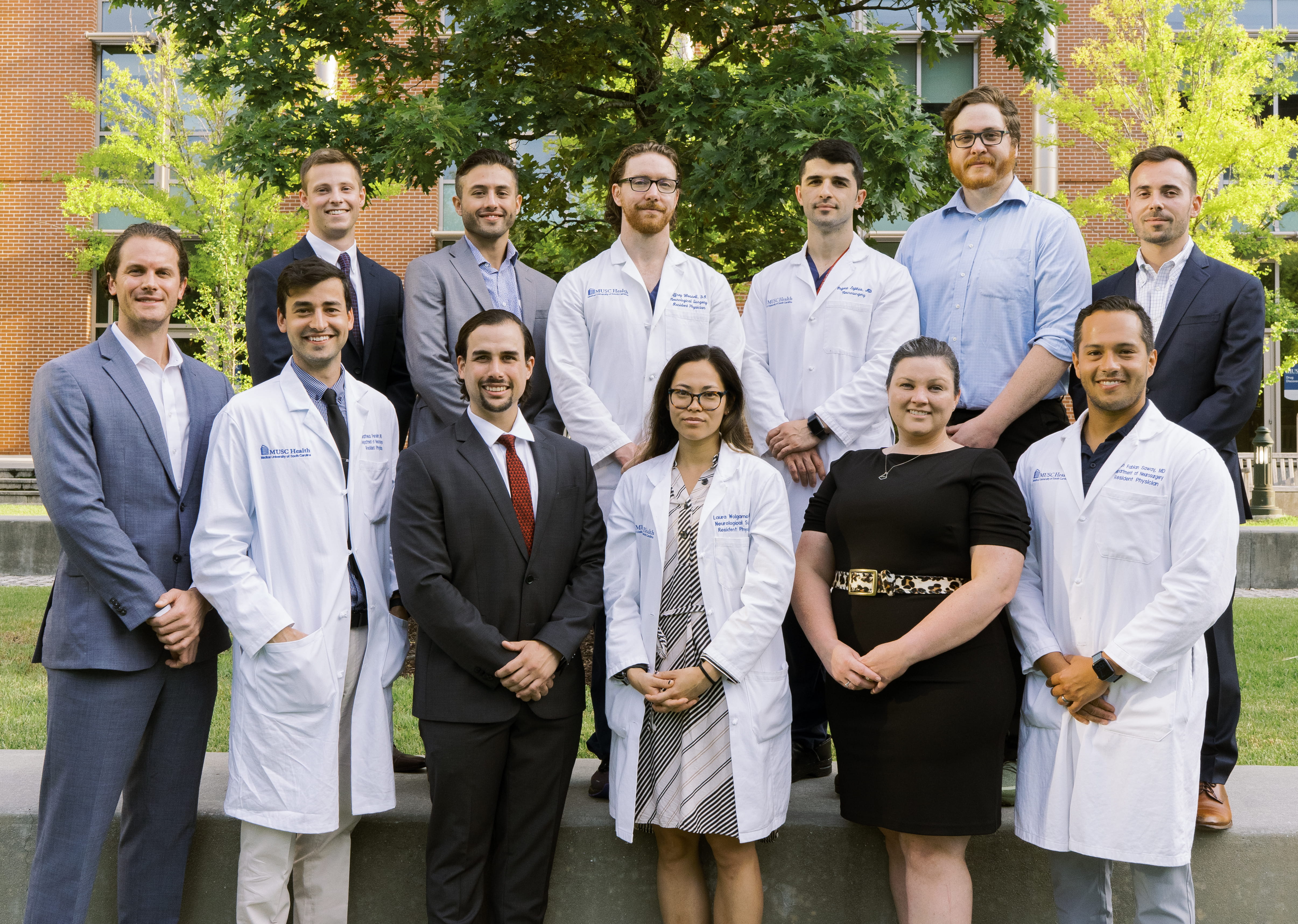Mandatory City Water Connection for Cape Coral Homeowners: A Sustainable Development Perspective
Introduction
The South Florida Water Management District (SFWMD) has announced that approximately 2,000 homeowners in northeast Cape Coral, Florida, will soon receive mandatory letters requiring them to connect to city water systems. This transition aims to alleviate pressure on the local aquifer, with significant implications for sustainable water management and community well-being.
Background and Aquifer Status
The mid-Hawthorn aquifer, a critical groundwater source, has experienced a four-foot rise since reaching record low levels in April, attributed to recent water restrictions and rainfall in the recharge areas. Mark Elsner, Bureau Chief at SFWMD, highlighted the positive impact of water shortage restrictions implemented, stating incremental increases in water levels have been observed.
- Rainfall in Cape Coral exceeded 10 inches in the past month.
- The aquifer recharge area is located north of Lee County, primarily in DeSoto and Sarasota counties.
- Despite improvements, officials remain cautious about aquifer sustainability.
Environmental Concerns and Aquifer Health
Previous concerns included:
- Potential compaction of the aquifer reducing water-holding capacity.
- Land subsidence threatening home foundations.
Elsner explained the aquifer’s structure as analogous to sand in a jar supported by water buoyancy; removing water causes settling and potential damage.
Transition to City Water: Community Impact
The transition to city water involves significant construction to install new water lines, causing disruption for residents near Diplomat Parkway:
- Continuous construction has led to roadblocks and detours.
- Damage to driveways and streets, including large holes and potholes.
- Increased vehicle damage reported due to poor road conditions.
Despite these challenges, some residents acknowledge the necessity of the change to ensure sustainable water supply and reduce reliance on private wells.
Connection Requirements and Financial Implications
- Residents have six months from notification to connect to city water.
- Connection costs may reach up to $40,000, causing financial concerns among homeowners.
- Grant assistance programs are available to help offset costs.
- Meter connection fees are waived if connection and inspection are completed within 90 days of notification.
- Licensed plumbers must be engaged to complete the installation and obtain permits.
Expected Benefits and Sustainable Development Goals (SDGs) Alignment
The transition aligns with several United Nations Sustainable Development Goals (SDGs), including:
- SDG 6: Clean Water and Sanitation – By reducing groundwater extraction, the project promotes sustainable water management and protects water quality.
- SDG 11: Sustainable Cities and Communities – Enhancing infrastructure resilience and reducing risks associated with land subsidence supports safer living environments.
- SDG 13: Climate Action – Improved water management contributes to climate resilience by safeguarding vital water resources.
- SDG 15: Life on Land – Protecting aquifers helps maintain ecosystems dependent on groundwater.
Once the UEP North 1 West project is complete, approximately 17% of users in the critical area will be removed from aquifer dependence, reducing environmental stress.
Conclusion and Next Steps
The South Florida Water Management District and the City of Cape Coral are actively working to balance community needs with environmental sustainability. Residents are encouraged to engage with available assistance programs and complete connections promptly to support aquifer recovery and long-term water security.
For ongoing updates on the city’s water connection progress, residents can visit the official project website: https://www.ccuep.com/
1. Sustainable Development Goals (SDGs) Addressed or Connected
- SDG 6: Clean Water and Sanitation
- The article focuses on water management, aquifer recharge, and transitioning homeowners to city water supply, directly relating to ensuring availability and sustainable management of water.
- SDG 11: Sustainable Cities and Communities
- The mandatory connection to city water and the infrastructural construction impacts on neighborhoods relate to making cities inclusive, safe, resilient, and sustainable.
- SDG 13: Climate Action
- The article mentions water shortage restrictions and aquifer recharge influenced by rainfall patterns, which relate to climate resilience and adaptation.
- SDG 15: Life on Land
- Concerns about aquifer compaction and land subsidence relate to sustainable management of terrestrial ecosystems and preventing land degradation.
2. Specific Targets Under Those SDGs Identified
- SDG 6: Clean Water and Sanitation
- Target 6.1: Achieve universal and equitable access to safe and affordable drinking water for all — the article discusses mandatory connection to city water to ensure safe water supply.
- Target 6.4: Substantially increase water-use efficiency and ensure sustainable withdrawals — the reduction in aquifer demand by taking wells offline supports this target.
- Target 6.6: Protect and restore water-related ecosystems — efforts to recharge the aquifer and prevent compaction relate to this target.
- SDG 11: Sustainable Cities and Communities
- Target 11.6: Reduce the adverse per capita environmental impact of cities — transitioning to city water reduces reliance on private wells, potentially reducing environmental harm.
- SDG 13: Climate Action
- Target 13.1: Strengthen resilience and adaptive capacity to climate-related hazards — water shortage restrictions and aquifer monitoring contribute to resilience.
- SDG 15: Life on Land
- Target 15.3: Combat desertification, restore degraded land and soil — preventing aquifer compaction and land subsidence aligns with this target.
3. Indicators Mentioned or Implied to Measure Progress
- Water Level Measurements in Aquifer
- The article mentions the mid-Hawthorn aquifer water level rising four feet since April, indicating use of groundwater level as an indicator.
- Number of Households Connected to City Water
- Tracking how many of the 2,000 homeowners have connected to city water within the 6-month timeframe can measure progress towards universal access.
- Reduction in Number of Private Wells in Use
- The article references removing approximately 17% of users from the aquifer via the UEP North 1 West project, implying monitoring of well usage.
- Incidence of Land Subsidence or Aquifer Compaction
- Though not quantified, concerns about land subsidence imply monitoring geological stability as an indicator.
- Water Usage Restrictions and Compliance
- Water shortage restrictions and their impact on aquifer recharge suggest monitoring compliance with water use regulations.
4. Table of SDGs, Targets, and Indicators
| SDGs | Targets | Indicators |
|---|---|---|
| SDG 6: Clean Water and Sanitation |
|
|
| SDG 11: Sustainable Cities and Communities |
|
|
| SDG 13: Climate Action |
|
|
| SDG 15: Life on Land |
|
|
Source: fox4now.com







